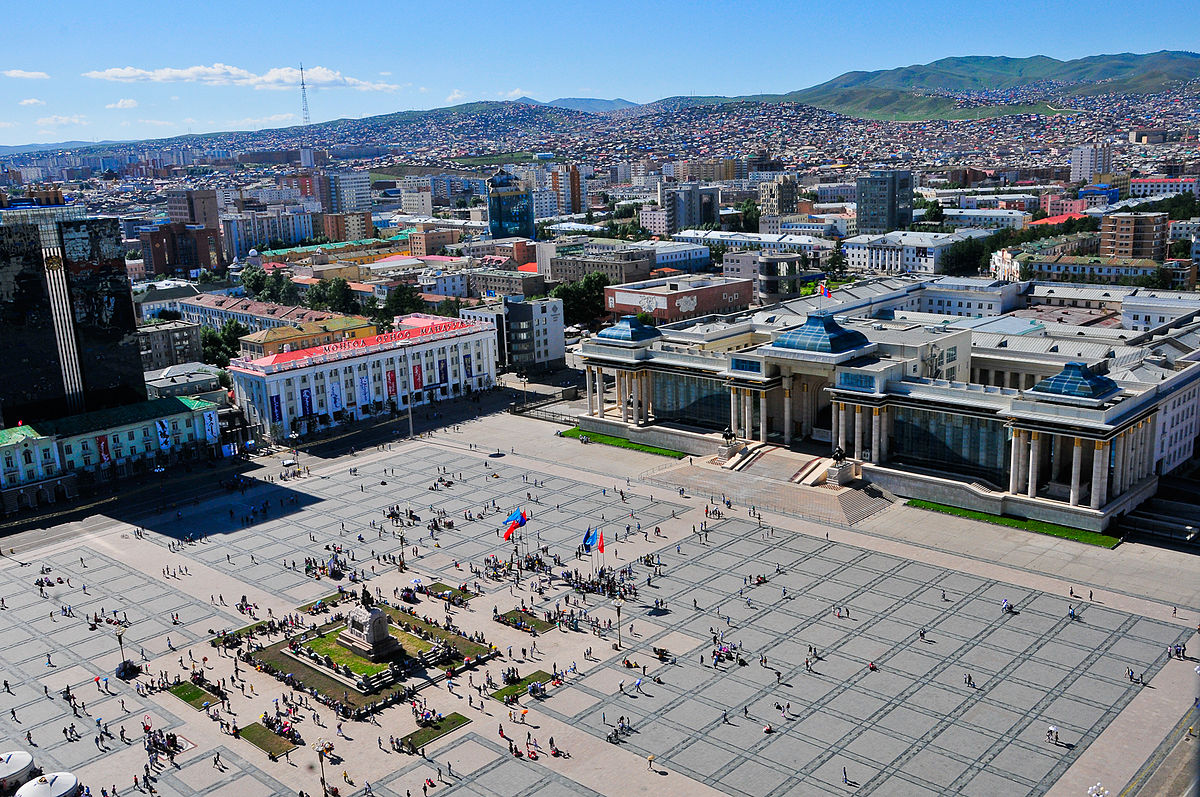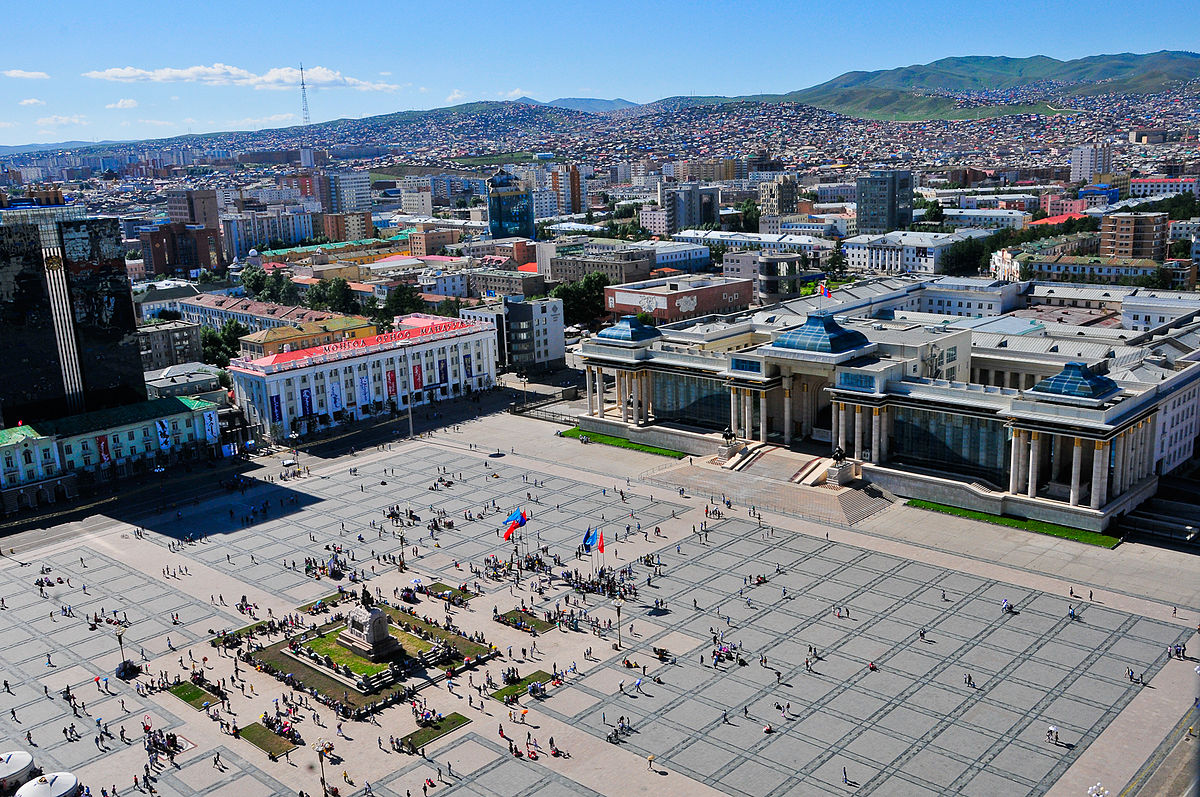Ulaanbaatar
Ulaanbaatar is the capital city located in the central part of Mongolia on the bank of Tuul River. In 1639, it was founded as the center of Buddhism in the country, and has since grown to reflect a mix of ancient tradition, Buddhist ritual and modern commerce and trade. It is the undisputed political, economic, and cultural center of Mongolia. The capital is administrated in six districts (Sukhbaatar, Khan-Uul, Chingeltei and Bayangol) and the three satellite towns of Nalaikh, Baga Khangai and Baganuur.
In 2014 Ulaanbaatar's population was estimated 1.250.000.
The history of Ulaanbaatar
The first foundation stone of the future capital of Mongolia dates back to 1639 at a place in present-day Arkhangai aimak. The history of Ulaanbaatar can be divided into two periods, one between 1639 and 1778, when it was moved from one place to another, and the other starting 1778, when it settled in the present site of Ulaanbaatar on the bank of the Tuul river. The first name was Orgoo (Palace) but now the city is called Ulaanbaatar (red hero).










